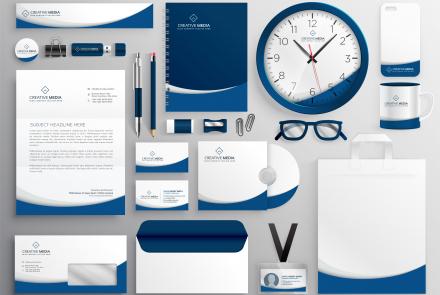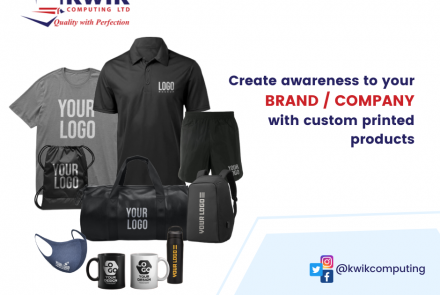3 branding myths busted
Adam Rix from Music explains how the Manchester agency's creative approach to branding disproves many commonly held beliefs.
Founded in 2007, Music is a Manchester-based branding and communication agency that counts the British Fashion Council and Manchester City FC amongst its clients. As part of a YouTube series for Computer Arts, here creative director Adam Rix reveals how the team at Music approaches branding projects, and explains how three things you thought you knew about branding might be completely wrong.
01. There's a right way to nail a brief
"The one lesson I've learned about nailing a brief is that there's no right way to nail a brief," says Rix. "Other agencies trademark branding processes, and that allows clients to buy into a certain way of thinking, but we try to open up our minds a bit. One of our own brand values is chaos."
Part of this spirit of chaos is the idea that anyone can contribute. "Sometimes a great idea can come from someone on client services, or the receptionist," says Rix. Another is getting out of the studio regularly. "Good ideas can come at any time," says Rix. "But the least likely place for them to happen is when you're sat in front of your computer or you've been forced to brainstorm."
02. You have to start with the visuals
Rather than starting with a visual style that it would like to use on a project, Music starts with a feeling it would like to evoke. "We don't think about style or execution at all initially," says Rix.
"When we're bouncing around ideas, we're working out how they would make the audience feel. Is this about being strong and confident, or gently holding their hands, or is it about making them laugh? What doesn't often happen here is that someone comes in clutching a bunch of flyers and says, 'Isn't this an amazing design style? I want to use it for the next project.'"
03. You need hundreds of references
Too much reference material leads to imitation, not inspiration. "If I had my way, everyone in a studio would just sit and talk and think," says Rix. "Maybe they'd look at books, but they wouldn't read every design blog on the internet, or use FFFFOUND! all the time."
As an example, Rix cites a recent web design job. "Rather than posting lots of reference of other websites on the wall, we got our copywriter to think about how the organisation might position themselves. Once we'd decided how they should talk, that led to the visual."
Source: creativebloq.com
- Log in to post comments






